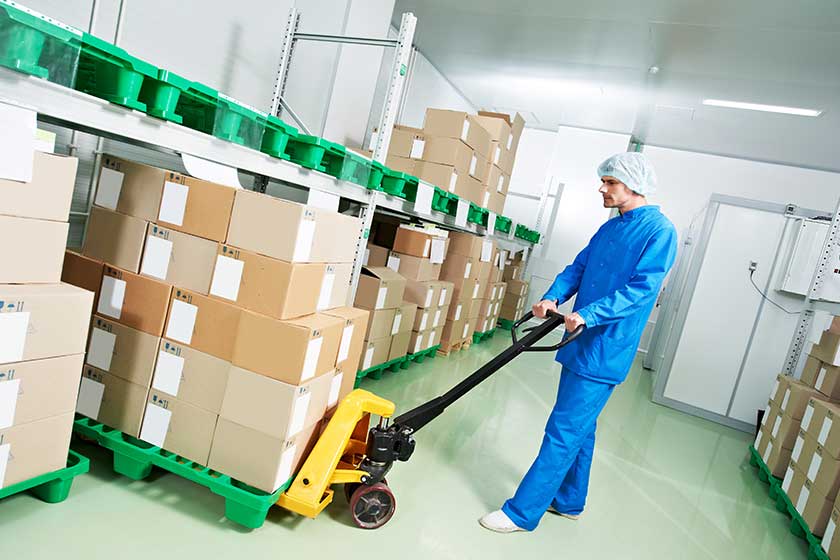November 4, 2023

The realm of healthcare is expansive and, often, universal. As medical discoveries and advancements occur, the need to share equipment, technologies, and innovations across borders becomes evident. However, shipping medical equipment overseas is not a straightforward task. Given the sensitivity, value, and critical nature of this equipment, a meticulous approach is required. For those engaged in packing services and healthcare logistics, understanding the steps involved in shipping medical equipment internationally is pivotal. Let’s delve into this complex process and unearth the steps that ensure the safe and efficient transit of such crucial items.
Assessing Equipment Specifications and Requirements
Before embarking on the shipping process, it’s imperative to thoroughly understand the medical equipment in question. This involves not just its dimensions and weight, but also its fragility, operational prerequisites, and any specific environmental conditions it must be kept in.
Having a comprehensive understanding of these specifications guides subsequent decisions, from the choice of packing materials to the selection of shipping routes and methods. It’s a foundational step, ensuring all subsequent actions are aligned with the equipment’s unique needs.
Secure Packing and Crating
Given the delicate nature of most medical equipment, the packing phase is of paramount importance. This is where expertise from packing services becomes invaluable. The equipment needs to be housed in secure, protective enclosures, often custom-made to fit the specific item. The use of shock absorbing materials, moisture barriers, and even advanced features like climate control might be required, based on the equipment specifications.
Beyond protection, packing also needs to adhere to international standards, especially if the equipment is being shipped to countries with stringent import regulations.
Handling Documentation and Compliance
Shipping medical equipment overseas isn’t just about the physical transit; its also about navigating a web of regulations, standards, and documentation. Each country has its set of import regulations, especially for medical equipment, given its significance to public health.
Documentation would include details about the equipment, its origin, manufacturer details, certifications, and sometimes even its intended use in the destination country. Securing all necessary permits and ensuring the equipment complies with the destination country’s standards is a step that requires meticulous attention to detail. Missing or inaccurate documentation can lead to delays, financial penalties, or even the rejection of the shipment.
Choosing the Right Transportation Mode and Partner
Once the equipment is packaged securely and all documentation is in place, the next step is to choose the most suitable mode of transportation. The choice between air, sea, or land often depends on the urgency of the shipment, the destination’s accessibility, and the equipment requirements. For instance, critical equipment needed urgently might be best shipped via air, despite the higher costs, to ensure timely delivery.
Beyond the mode of transportation, selecting the right logistics partner is equally important. This partner should have experience in shipping medical equipment and be well versed in handling delicate items that require special attention. They should also have a proven track record of adhering to timelines and ensuring safe deliveries.
Shipping medical equipment overseas is a task laden with responsibility. It’s Fpa not just about moving an item from one point to another; it’s about ensuring a piece of potentially lifesaving equipment reaches its destination in perfect operational condition.
